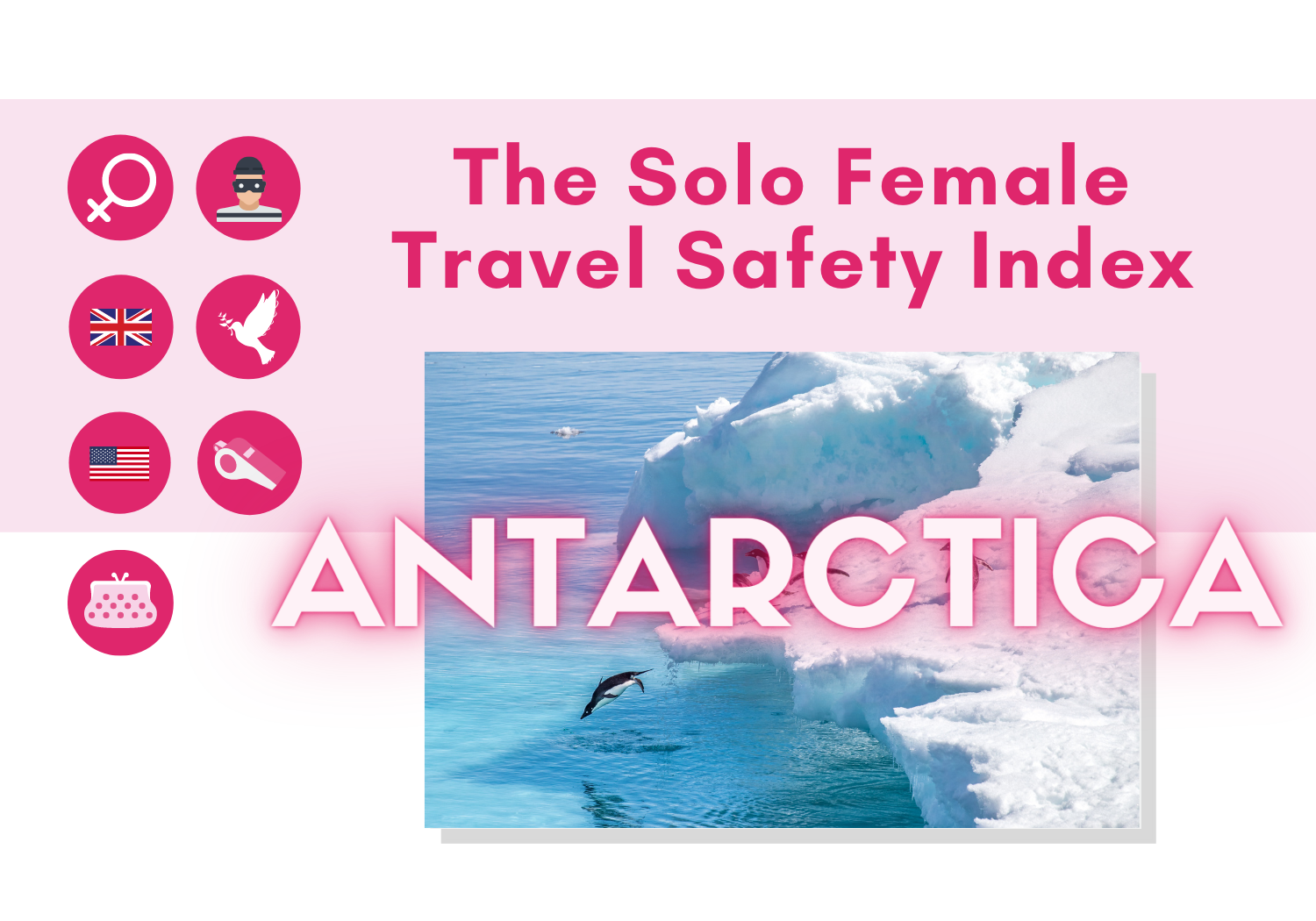This post may contain affiliate links. For full information, please see our disclaimer here and our Privacy Policy here.
Welcome to the Solo Female Travel Safety Tips and Advice page for Antarctica!
This page is brought to you by Solo Female Travelers Tours, our curated small group trips for women, by women.
On this page you will find first-hand, unbiased, and real safety tips, advice and reviews from women traveling solo, submitted directly from their personal experiences in the country.
Their opinions are unfiltered and submitted independently as part of the Solo Female Travel Safety Index, a ranking of 210 countries and regions based on how safe they are for women traveling solo.
The safety scores range from 1 to 4 with 1 being the safest and 4 being the most dangerous for solo female travelers.
You don’t need to login to read the below reviews. But do sign up or login to share your solo travel experiences, country safety rating and comments.
Jump straight to: Travel Tips | About the Index | Resources I Leave a Review
MAKE A DIFFERENCE – LEAVE YOUR SAFETY REVIEWS!
We can make the world a safer place for women traveling solo together. Sign up to our portal and leave your reviews NOW. Share your experience with other solo female travelers and help us empower more women through travel.
Antarctica Country data
We have compiled a few data points below that can help you better understand Antarctica and have more context when thinking about travel safety.
Official country name: Antarctica
Etymology: Name derived from two Greek words meaning "opposite to the Arctic" or "opposite to the north".
Country map
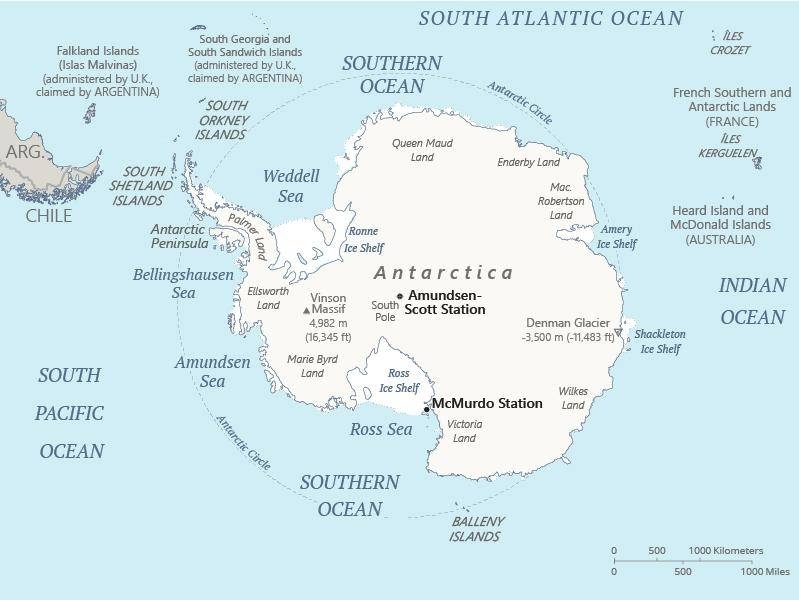
Locator map
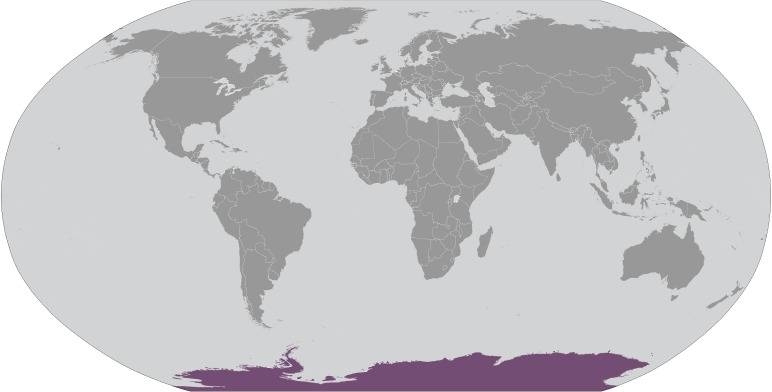
Flag

Capital: There is no capital of Antarctica.
Independence / foundation: Speculation over the existence of a "southern land" was not confirmed until the early 1820s when British and American commercial operators and British and Russian national expeditions began exploring the Antarctic Peninsula region. Not until 1840 was it established that Antarctica was indeed a continent and not merely a group of islands or an area of ocean. In order to form a legal framework for the activities of nations on the continent, an Antarctic Treaty was negotiated that neither denies nor gives recognition to existing territorial claims; signed in 1959, it entered into force in 1961.
Population: The population engaging in and supporting science or managing and protecting the Antarctic region varies from approximately 5,000 in summer to 1,100 in winter.
Currency: There is no official currency.
Time zone: Since Antarctica is largely uninhabited, the continent is not officially divided up into time zones. However, there are a number of research stations, each of which observes its own local time. Some stations use the time zone of the country that operates or supplies them, others observe the local time of countries nearby.
Languages spoken: While this is a pretty small population, that number includes people from all over the world, which means there is probably a pretty large number of languages. English is one of the most spoken, followed by Russian.
Religions: Christianity is the major religion in the Antarctica with over 70% of the population identifying with the religion. It has at least seven churches used for religious practices.
Climate: The coldest, windiest, and driest continent on Earth; severe low temperatures vary with latitude, elevation, and distance from the ocean; East Antarctica is colder than West Antarctica because of its higher elevation; Antarctic Peninsula has the most moderate climate; higher temperatures occur in January along the coast and average slightly below freezing; summers characterized by continuous daylight, while winters bring continuous darkness; persistent high pressure over the interior brings dry, subsiding air that results in very little cloud cover.
Real GDP (ppp – purchasing power parity): No official data.
Real GDP per capita (ppp): No official data.
Main airports: There are no developed public-access airports or landing facilities.
World heritage sites in Antarctica
There are over 1,100 world heritage sites spread across more than 165 countries. New ones are added every year, and some may be removed from the list for various reasons.
Number of UNESCO listed sites: 0.
Top world heritage sites:
N/AInteresting facts about Antarctica
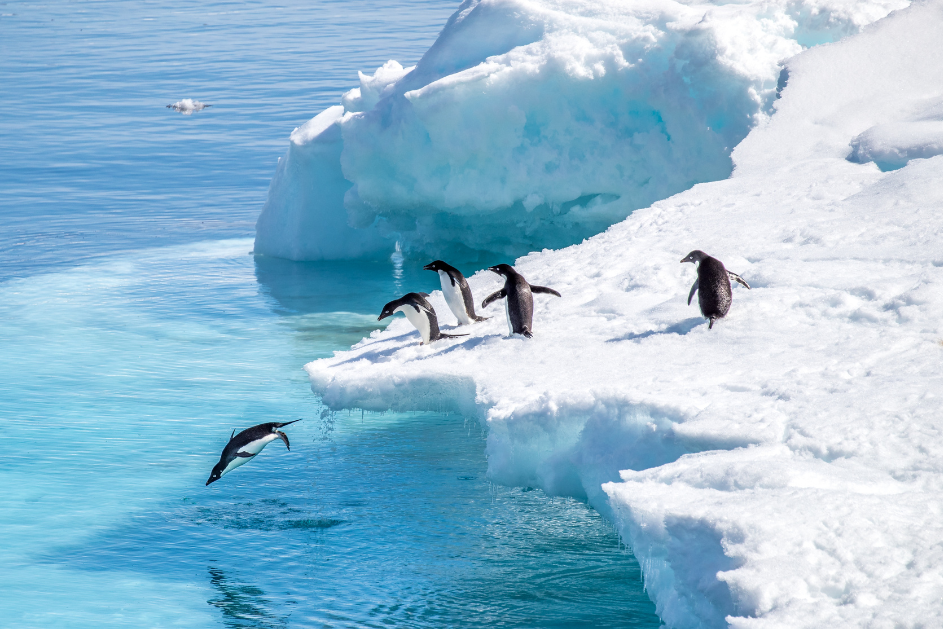

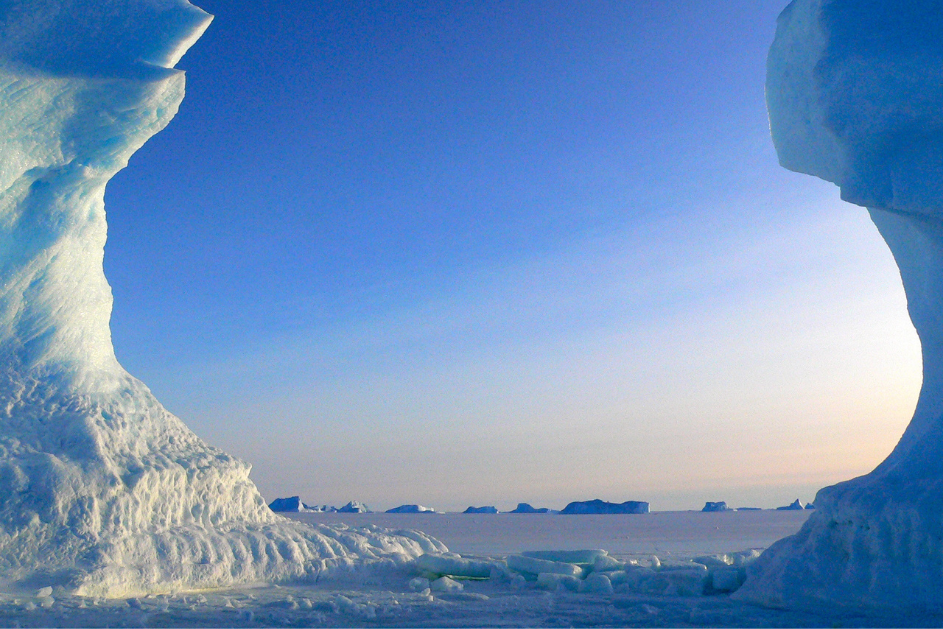
- Antarctica is the windiest place on Earth, with wind speed up to 200 miles per hour.
- Antarctica has 80 research stations operated by 30 different countries. The continent has 4,000 inhabitants during summer months and 1,000 during winter months.
- Emilio Marcos Palma became the first person ever to be born on Antarctica in 1978. Only 10 other people have been born on the continent.
- Antarctica has the single biggest mass of ice in the world called The Antarctic Ice Sheet, which can be up to four miles thick.
Further reading: https://global.hurtigruten.com/destinations/antarctica/inspiration/15-interesting-facts-about-antarctica/
Antarctica Travel tips
Socket type: C. Guide to socket types.
Weekend days: No official data.
Driving: No official data.
Local taxi apps: No taxi/ride hailing apps.
Travel Guides: Lonely Planet, Bradt Guide.
Languages spoken: While this is a pretty small population, that number includes people from all over the world, which means there is probably a pretty large number of languages. English is one of the most spoken, followed by Russian.
Basic words and phrases in the main language:
N/A, English is an official or widely spoken language.Learn more with our favorite learning app Mondly.
Find a hotel in Antarctica
Booking.comBook tours and activities:
Not available.More about Antarctica on Solo Female Travelers
Did you spot any errors? We do our best to keep this information updated and accurate, but things change. If you saw anything that is not right, let us know so we can fix it: [email protected].
About the Solo Female Travel Safety Index
Safety matters to solo female travelers, you told us so in our annual Solo Female Travel Survey, where year after year, women prove that this is their most important concern when traveling solo.
We wanted to do something about it, so we built these country-specific pages where you can find reviews and scores for 7 key variables affecting the safety of women traveling solo.
Variables
- Risk of scam
- Risk of theft
- Risk of harassment
- Attitudes towards women
- UK Travel Advisory
- US Travel advisory
- Global Peace Index (GPI)
Informing OSAC
The Solo Female Travel Safety Score is used by the Overseas Security Advisory Council for including safety concerns for women travelers in their country security reports; OSAC is a partnership between the U.S. Department of State and private-sector security community.
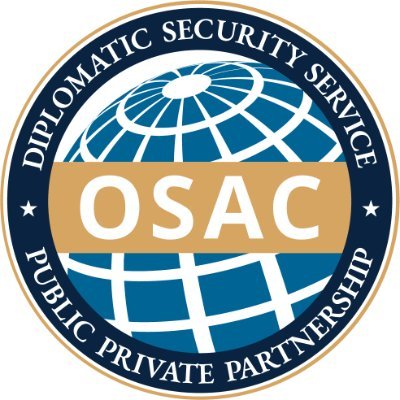
How to use the Safety Index
On this page, you will find the country score and the personal opinions on safety of other women traveling solo.
You can sort the comments by:
- The level of experience traveling solo of the reviewer (beginner = <5 trips solo, Intermediate = 5 to 10 trips solo, Experienced = >10 trips solo).
- The age of the traveler.
- Whether they are a visitor or local.
- The date they were posted.
The safety scores range from 1 to 4 with 1 being the safest and 4 being the most dangerous for solo female travelers.
Thus, the lower the score, the safer the country.
Looking for more safety resources?
This entire website is devoted to helping women travel solo. Check out the links below to learn more:
Solo Female Travel Stats: Results from the the largest, most comprehensive and only global research study on solo female travel trends, preferences and behaviors published.
Thanks to Jacobo Vilella for creating the Solo Female Travelers Safety Index ❤️

